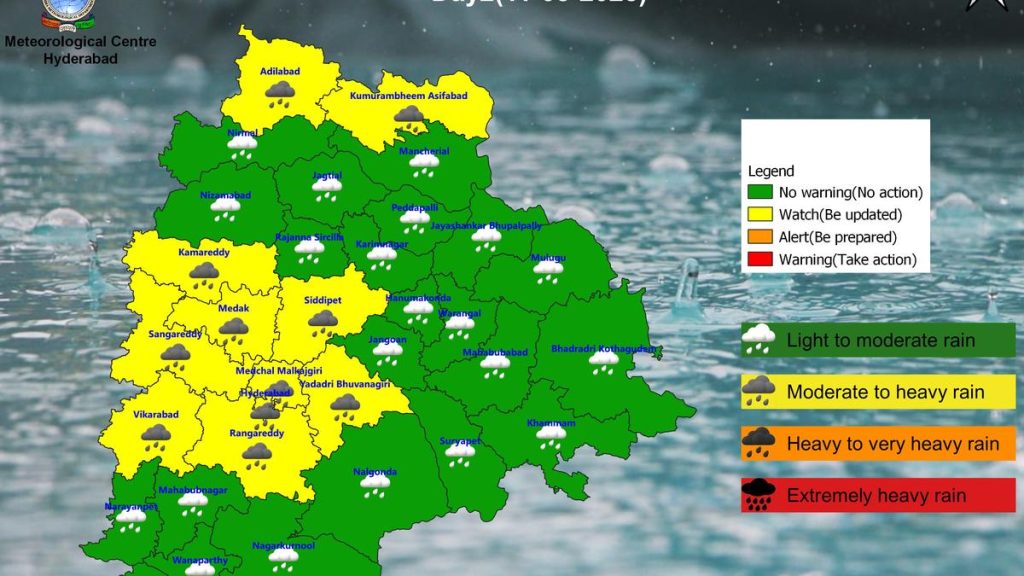Now Reading: NASA Advances Lunar Nuclear Reactor Plans
-
01
NASA Advances Lunar Nuclear Reactor Plans
NASA Advances Lunar Nuclear Reactor Plans

Rapid Summary
- NASA is expediting plans to develop and deploy a nuclear reactor on the moon by 2030 under a directive issued by acting administrator Sean Duffy.
- The reactor design aims to generate at least 100 kilowatts of power, doubling previous concepts, with proposals expected within 60 days.
- Long lunar nights and cold temperatures necessitate reliable power sources like nuclear energy for sustained surface operations.
- The directive is partly driven by competition from China and Russia, who plan to develop a nuclear-powered moon outpost near the south pole in the mid-2030s.
- Potential use of water ice deposits within permanently shadowed craters in this region increases its strategic significance.
- Strategic “keep-out zones” could be established around lunar infrastructure under international space law guidelines if reactors are deployed successfully.
- despite advancements, concerns arise regarding budget cuts targeting NASA’s science programs that may undermine broader goals tied to the Artemis program.
images:
Indian Opinion Analysis
NASA’s prioritization of lunar-based nuclear power highlights emerging geopolitical dynamics influencing global space exploration efforts rather than purely scientific objectives. Competitive pressures from China-Russia collaboration in pursuing similar lunar goals have likely catalyzed this accelerated timeline as nations assert influence over strategic extraterrestrial domains like lunar south-pole regions rich in resources such as water ice.
While supporting technological innovation essential for long-duration human missions beyond earth, economic constraints pose significant challenges for realization amid proposed budget cuts that reduce funding for critical supporting programs like radioisotope power development or future Artemis launches. India’s own growing ambitions in space exploration-for instance through ISRO-may lean toward monitoring developments here carefully due evolving spatial rivalries determining degree partnerships vs expanding local proficiency .


























